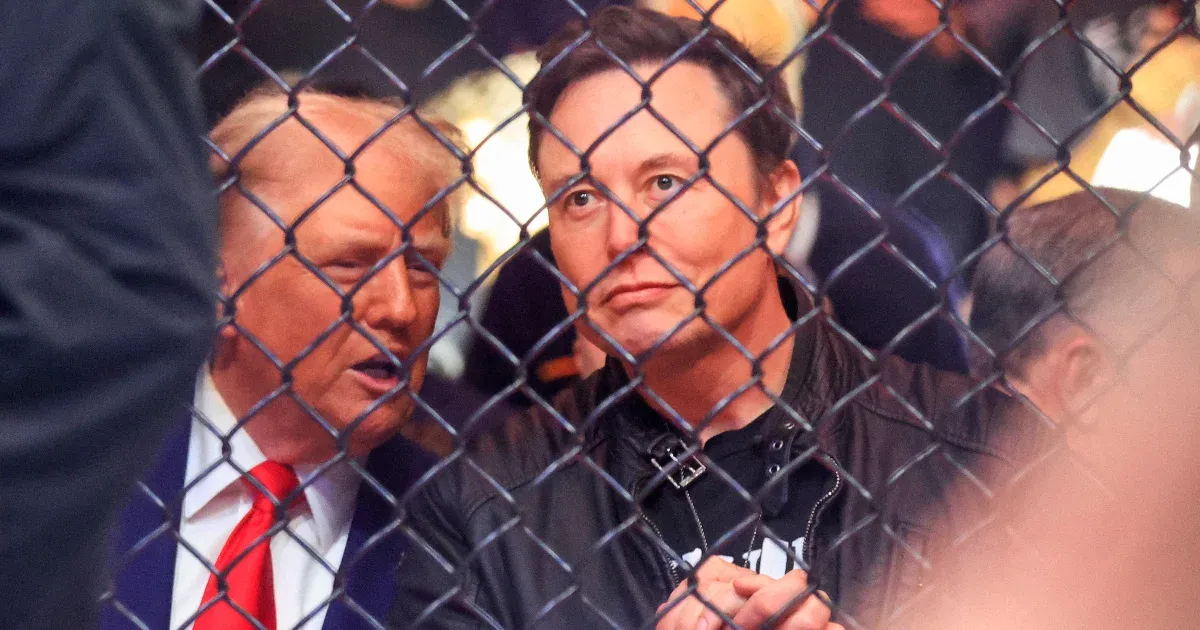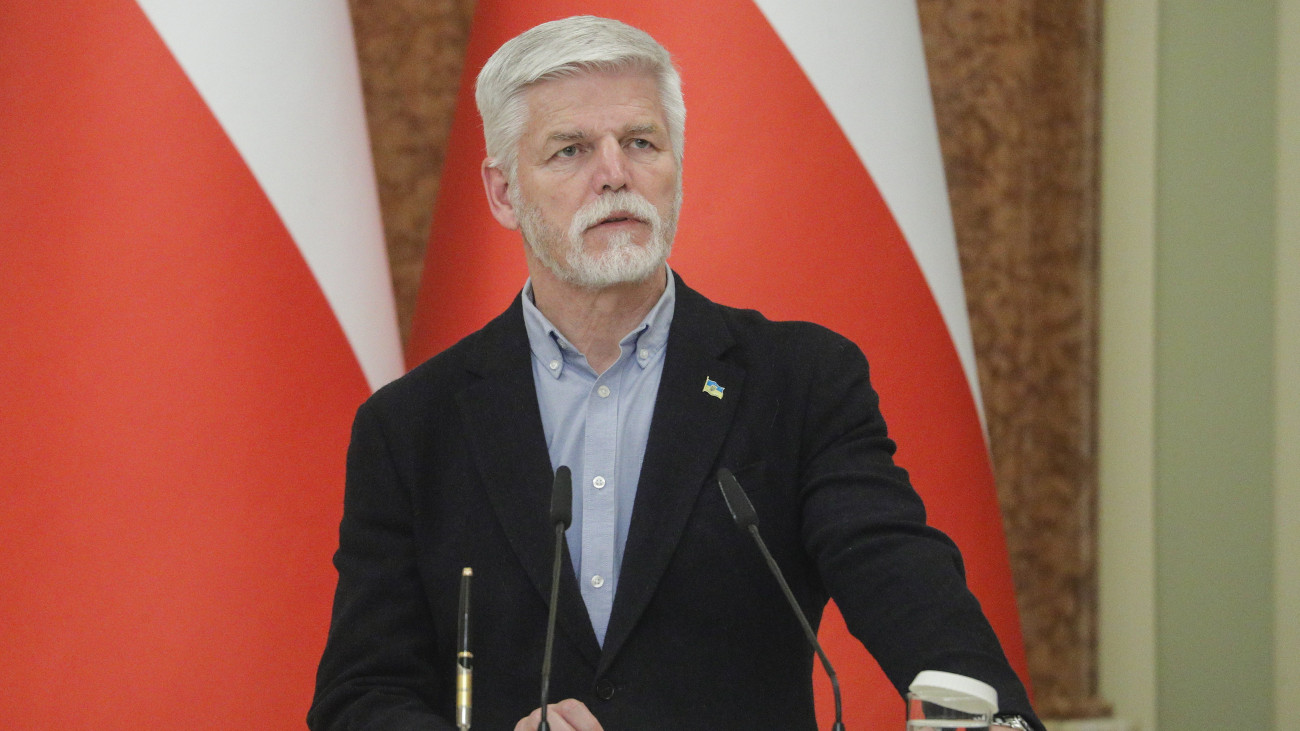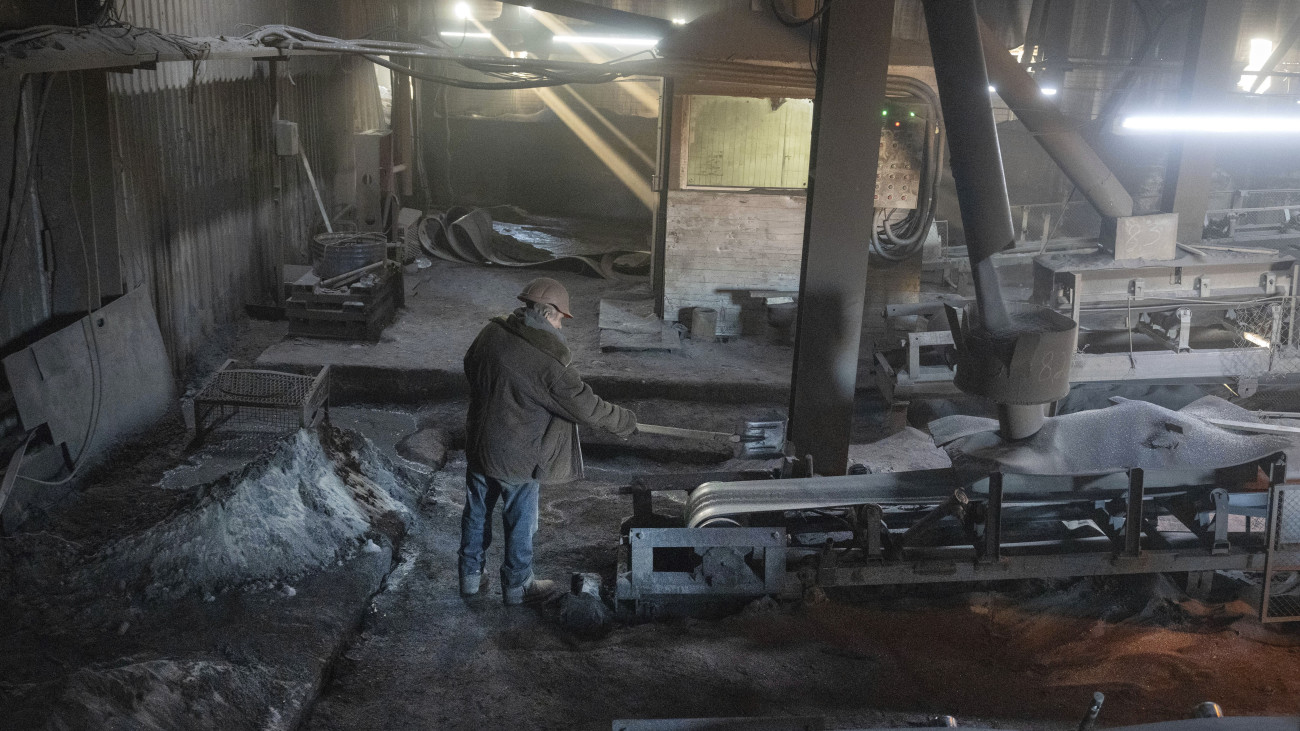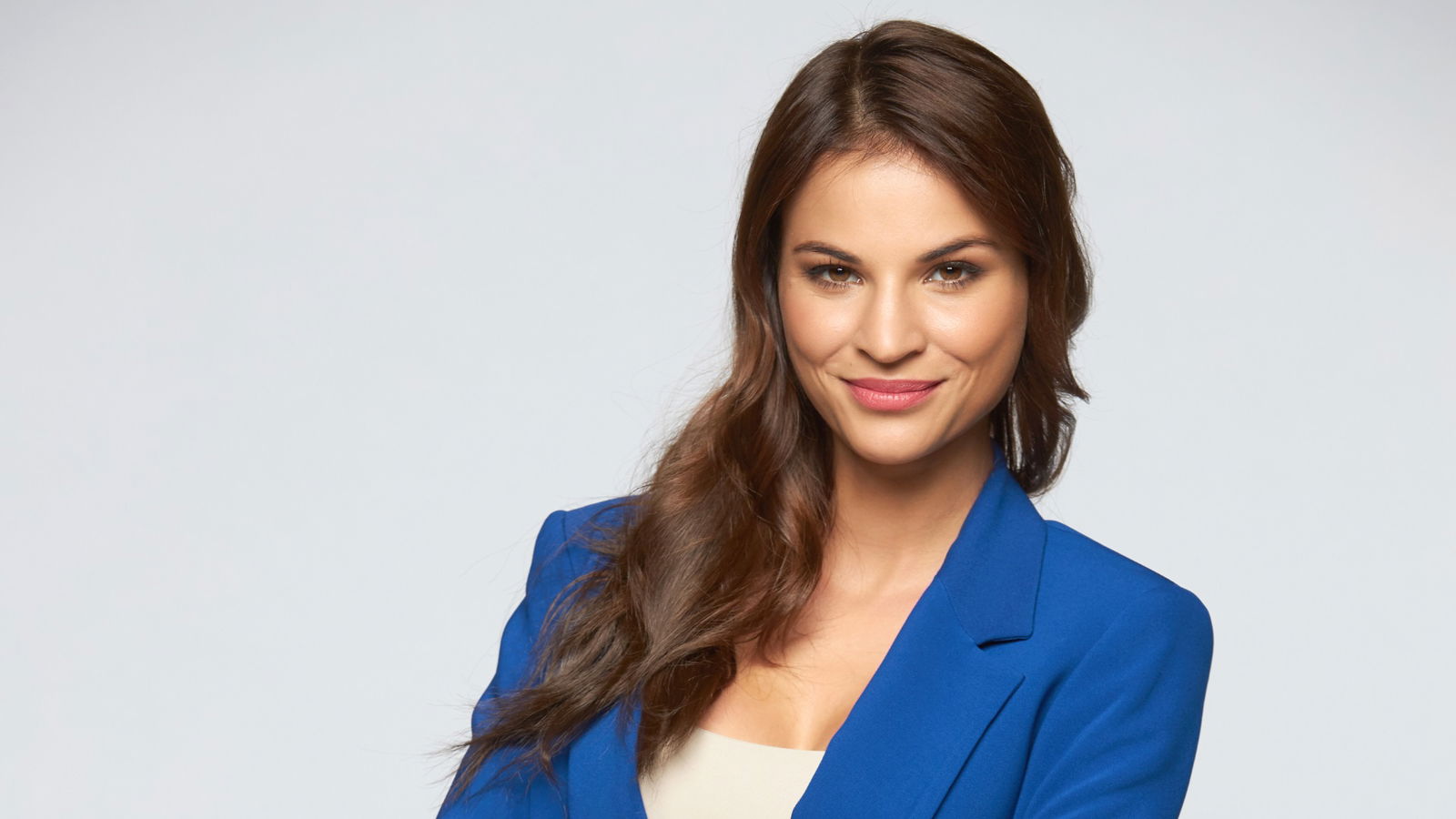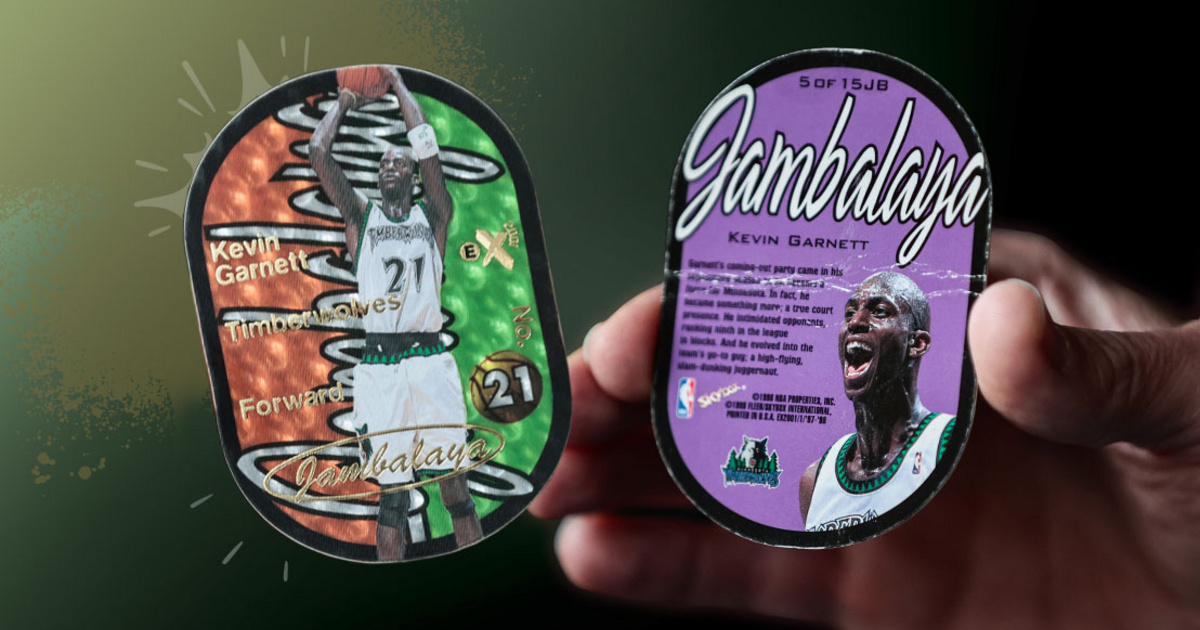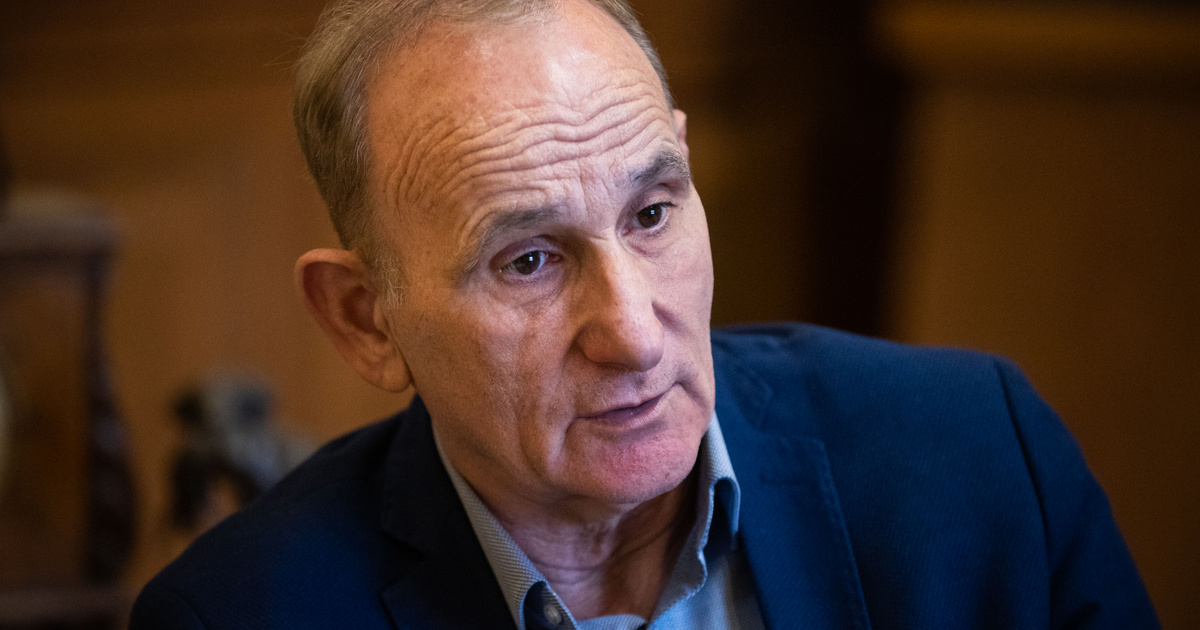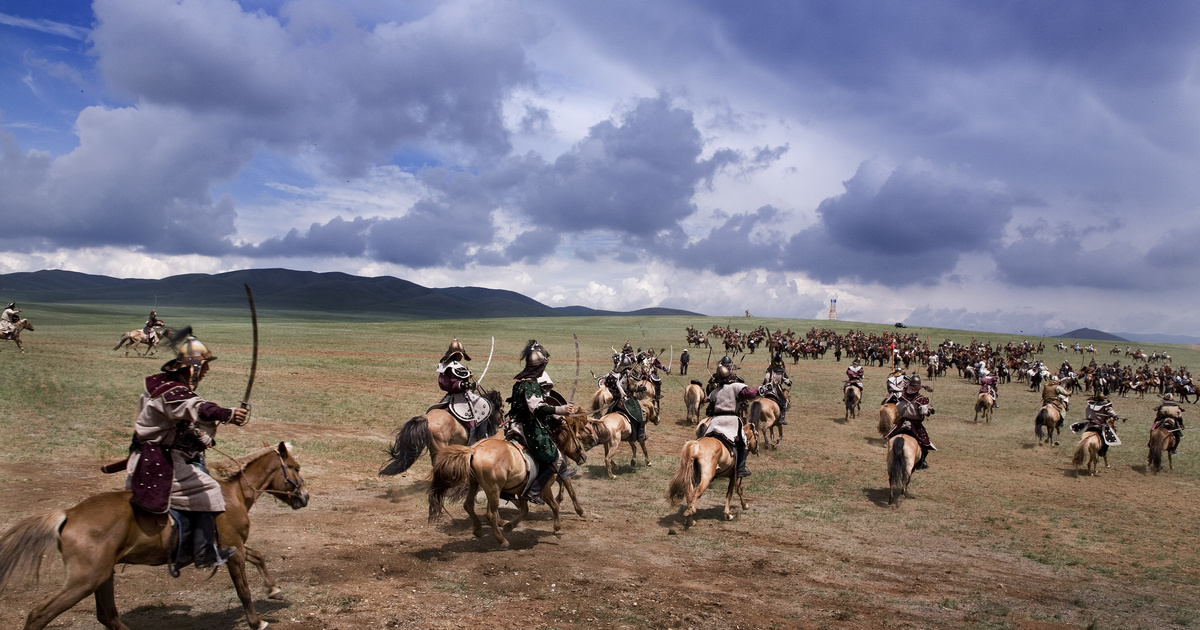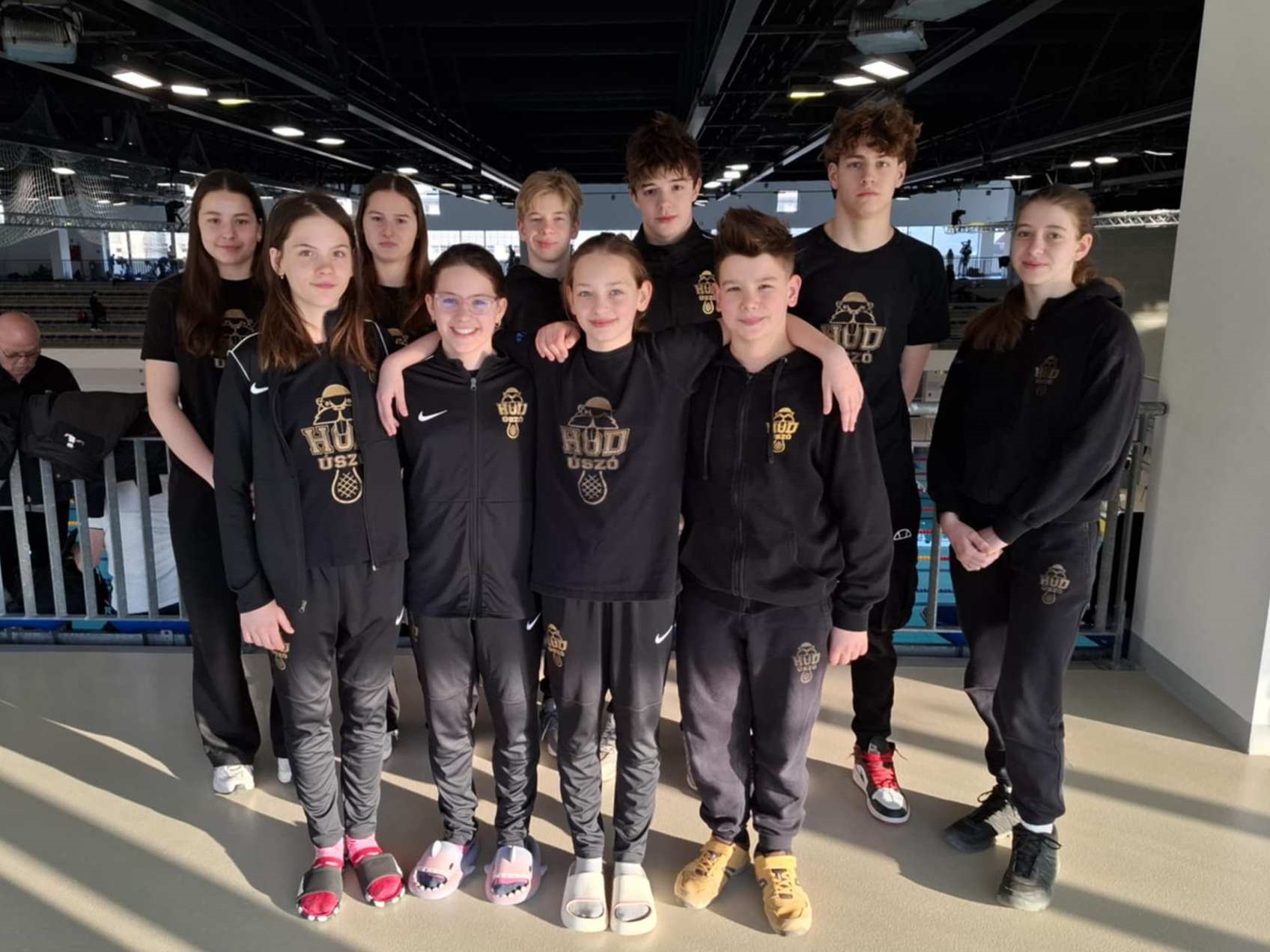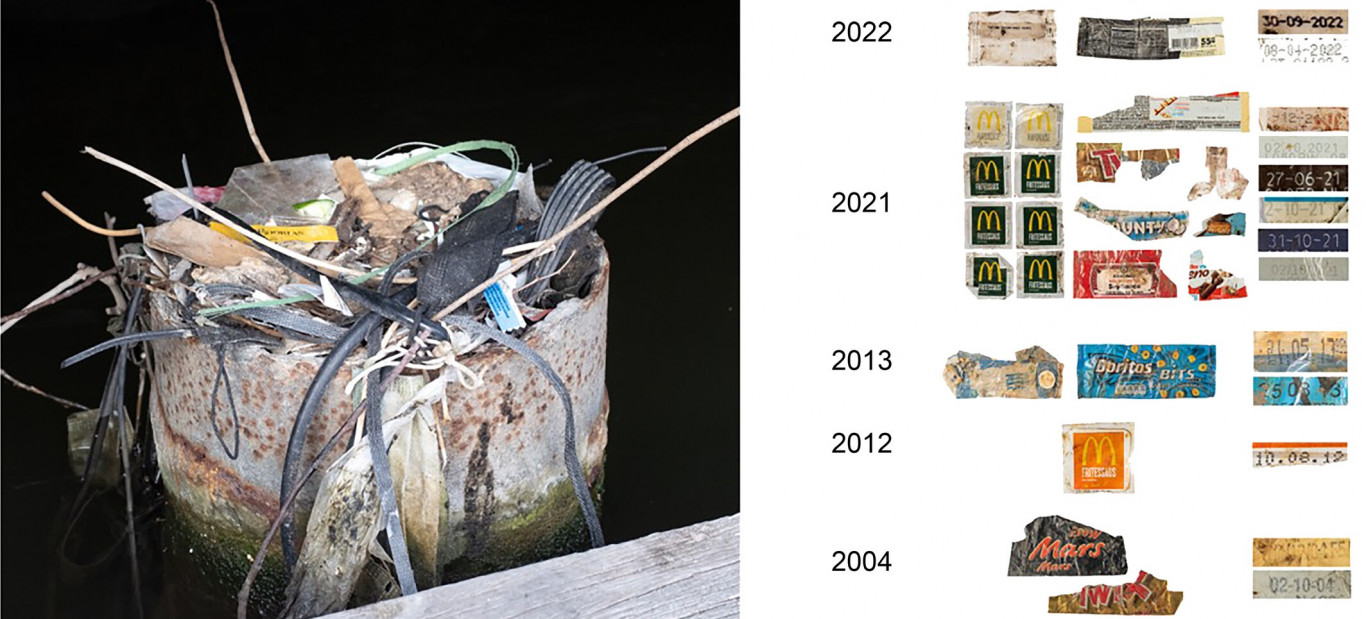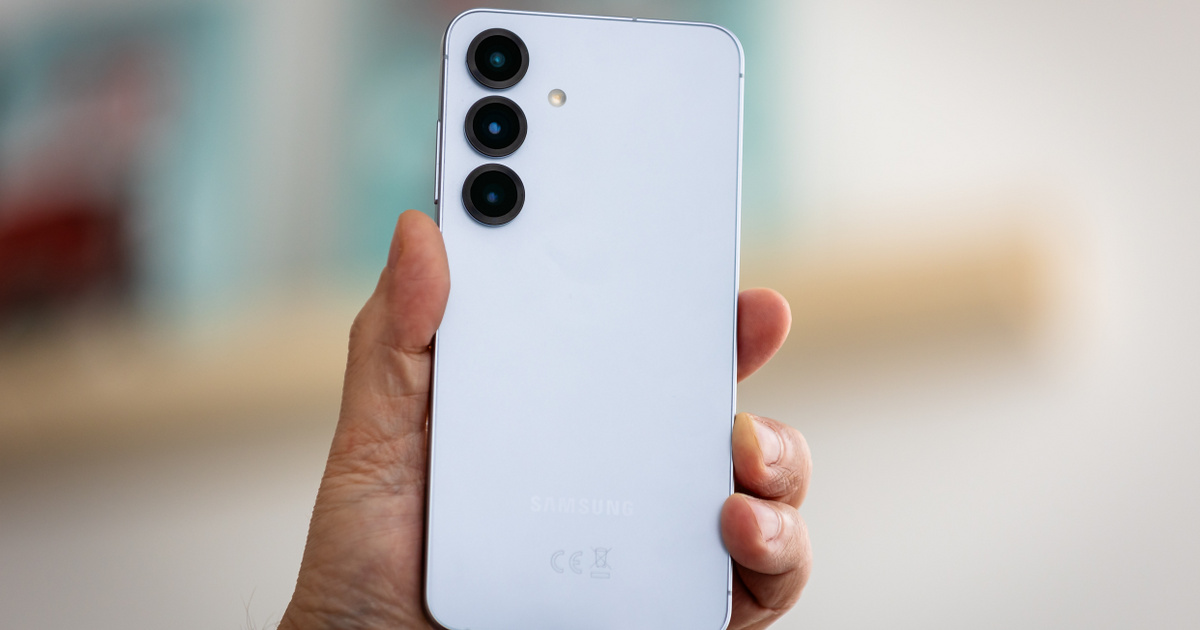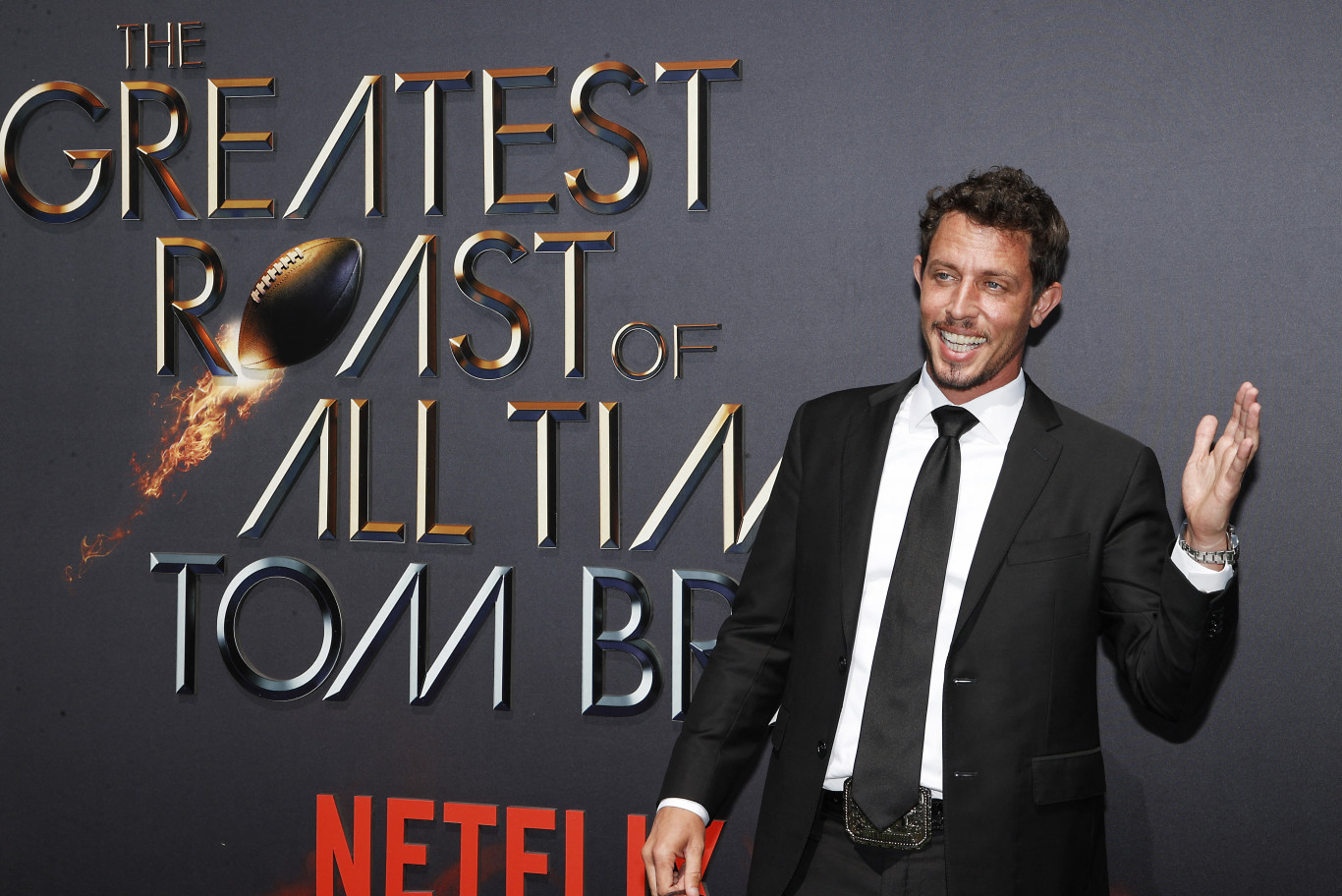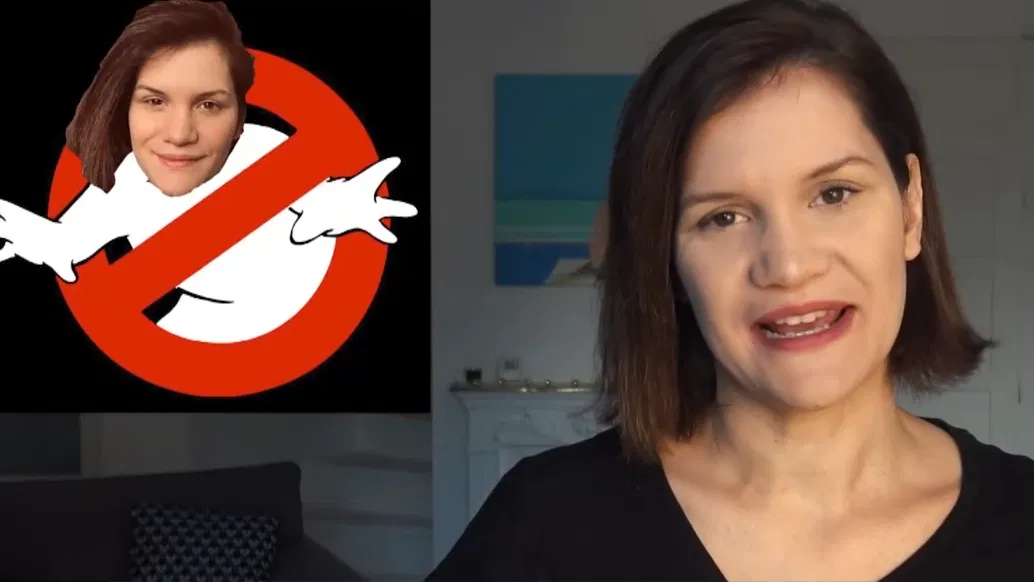The popularity of women's sports continues to grow, not only with record television ratings during the NCAA women's basketball tournament, but also with the professional women's hockey league. The six-team league began in January and made a stop at Little Caesars Arena last month. With that in mind, we look back at one of the defining moments in women's hockey history, which is chronicled in the book, “A Miracle of Their Own” was written by former Free Press sportswriter Keith Jaffe And Tim Rapley. The book looks at the US women's hockey team's 1998 Nagano Olympics win over Canada, a driving force in one of the greatest rivalries in all of sports.
For many years after Team USA's victory over Canada in the inaugural women's Olympic ice hockey tournament in Nagano, some members on the wrong side of that result tended to downplay the significance of their silver medals. Rather, they tended to say: “We lost the gold.” Because their mentality going into the games was that winning anything with gold was unthinkable.
Then it happened, and the repercussions on the other side of their border were staggering.
Suddenly, American girls in record numbers were trading in their skates for hockey shoes. The numbers of girls competing in youth leagues has increased dramatically. In 1990, when some members of the 1998 team were young girls who began their hockey careers with and against boys because it was their only chance to play, there were fewer than 7,000 registered female ice hockey players in the United States, according to USAID. Hockey. By the time American women won their second Olympic gold medal in 2018, there were nearly 80,000 females registered to play hockey in the United States — including 23 women who took gold in Pyeongchang.

Until she was seven years old, Kendall Quinn didn't know another girl who played hockey. But in the summer of 1998, when she attended Camille Granato's hockey camp in suburban Chicago, she met 100 other girls who shared her passion for the sport. Quinn, now Kendall Quinn-Schofield, recalled to an interviewer how excited she was to return to school that fall and tell all her skeptical friends, “Girls really play hockey.” That moment at camp encouraged me to do something that would change my life forever — play in College, representing Team USA and playing in the Olympics.
Further west in North Dakota, the Lamoureux twins, Jocelyn and Monique, were similarly inspired. They were eight years old when the American woman won in Nagano. It ignited their dream, embodied in essays they wrote for school about one day playing in the Olympics.
“Without that gold medal, without that team, women’s hockey wouldn’t be where it is today,” Jocelyn (now Lamoureux Davidson) said.
Twenty years later, Monique (now Lamoureux-Morando) scored a goal that would force overtime in the gold medal game with Canada. Jocelyn scored the decisive goal in the shootout that gave the Americans their second Olympic gold medal.

The 1998 team ended up on the cover of the Wheaties box – Breakfast of Champions, right? – Several members of the team have appeared on numerous national television talk shows. …Most of them attended school assemblies, and their sparkling gold medals were an inspiration to both girls and boys.
American colleges and universities have taken this into account, seemingly everywhere except Michigan. In 1998, there were only 14 NCAA Division I teams, and the University of Minnesota was the only one located west of New York State. Most of them were in New England. But the women's game was still two years away from becoming an NCAA championship sport.
By the 2019-20 season, there were 41 teams qualified for the NCAA Tournament — 36 of them Western New York. One was the University of Minnesota Duluth, where Canadian Olympic coach Shannon Miller exiled herself after the Nagano Games. She started a program from scratch, and she's not the only Canadian to benefit from the sport's growth in the United States.

The athletic programs of American colleges and universities are celebrated for developing elite athletes who often graduate—with a degree or not—to the professional ranks in their sports. This is the case in women's hockey. In 1998, there were only four women on Team Canada's roster who had experience in a US college hockey program. In 2018, 21 of 23 Canadian players competed at a U.S. college or university. In 2022, only one of the 23 women on Canada's Olympic gold medal roster spent some formative time in the United States.
. . .
Calling the rivalry between women who play hockey in the United States and Canada the greatest rivalry in team sports may seem like a stretch. Nor is it. Although the rivalry can get hotter – and hotter – anyone who suggests that it is fueled by hatred is guilty of exaggeration.
To be sure, there have been moments of discord between individual fighters that have blown the headlines out of proportion, as occurred during that 14-fight lead-up to the gold medal bout in Nagano. Familiarity breeds a certain contempt that threatens good sportsmanship. But this is a sport. As American coach Ben Smith liked to say, on good days the competition was lively. On bad days, it can be downright ugly.
But for the better part of more than three decades, players on both sides have generally preferred to say that while they may hate the competition, they admire and respect — and sometimes even love — individual players on the opposing team because they raise their skill level. Playing on both sides. Twist their arms slightly, and they are almost unanimous in pointing out that they wish every game they played was against their arch-rival.
For the Canadian women, losing the gold medal match in Nagano was absolutely devastating. “I remember feeling like we were letting people down, that we were letting our country down.” Jaina Hefford told Eric Duhacek of The Athletic, in an interview before her induction into the Hockey Hall of Fame in 2018.. “I remember in the locker room afterward, everyone was so unhappy and one of our coaches was trying to get the girls to take a picture with their medals. She said, 'I know you don't want this now, but trust me, one day you'll look back and you'll want this picture.'
Hayford recalls some talk about trying to see the bright side of a loss (please pardon the unintended pun), to appreciate the value of the Americans winning their first Olympic gold medal.
“People said, ‘Well, maybe this is the best thing that could have happened to women’s hockey, because it helped grow the sport in the United States,’” Hayford told The Athletic.
“Well, as a player on the losing team, that's the last thing you worry about. But looking back, it was probably true. He helped develop the game, and he certainly did a lot for women's hockey in the United States.”

